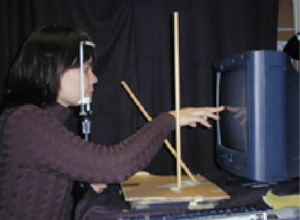Book Chapter
Book Title
Oxford Research Encyclopedia in Psychology
Publisher
Oxford University Press
Year of Publication
2023
Abstract
This article describes human binocular vision. While it is focused primarily on human stereopsis, it also briefly tells about other binocular functions, including binocular summation, rivalry, and vergence, the eye movement that is driven by stereopsis. Stereopsis refers to the depth perception generated by small differences in the locations of visual features in the two retinal images; these differences in retinal location are called disparities. Disparities are detected by special binocularly driven cortical neurons whose properties are outlined here; the article also describes studies that

